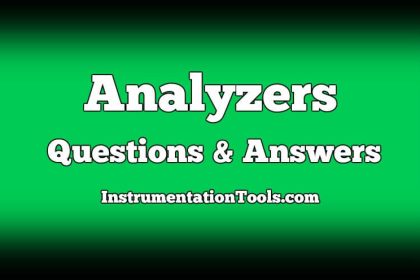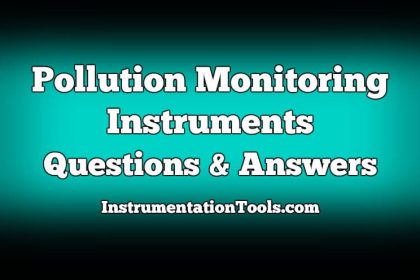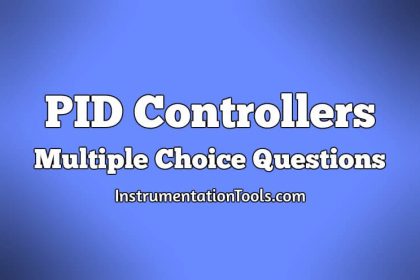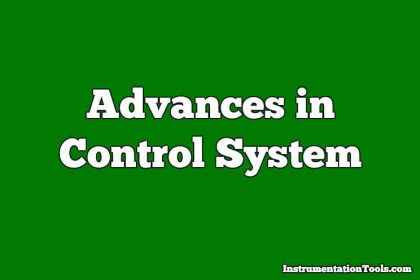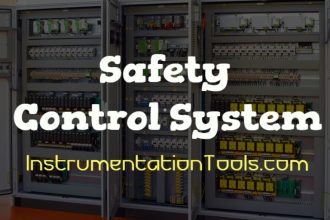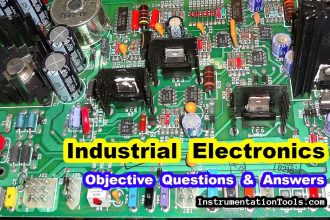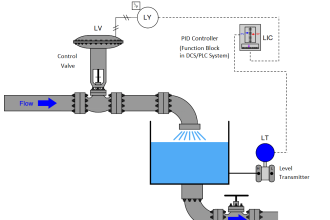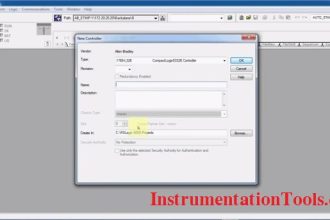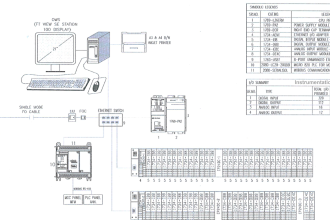Electron Probe Microanalyser Questions & Answers
1. Which of the following is not a type of optics employed in electron probe microanalyser?
a) Electron optics
b) Light optics
c) X-ray optics
d) Gamma optics
Answer: d
Explanation: Gamma optics is not a type of optics used in electron probe microanalyser. Electron optics, light optics and X-ray optics are employed.
2. The electron optics consists of an electron gun followed by which of the following components?
a) Collimator
b) Slit
c) Amplifier
d) Electron beam probe
Answer: d
Explanation: The electron optics consists of an electron gun followed by electron beam probe. This is formed by two electro-magnetic lenses.
3. The specimen is mounted inside which of the following components?
a) Test tube
b) Glass capillary tube
c) Vacuum column
d) Curvette
Answer: c
Explanation: The specimen is mounted inside the vacuum column in the instrument. It is under the beam as the target.
4. The electrons are accelerated by voltages in which of the following ranges?
a) 5 and 50kV
b) 50 and 500kV
c) 500 and 5000kV
d) 25 and 250kV
Answer: a
Explanation: The whole system operates in a vacuum. The electrons are accelerated by voltages in the range of 5 and 50kV.
5. Electron probe microanalyser is a method of destructive elemental analysis.
a) True
b) False
Answer: a
Explanation: Electron probe microanalyser uses a finely focussed electron beam to excite the X-rays. It is a method of destructive elemental analysis.
6. Which of the following is the effective resolution limit in electron probe microanalyser?
a) 1mm
b) 10mm
c) 100mm
d) 1000mm
Answer: a
Explanation: The electrons spread laterally and longitudinally in the sample by approximately 1mm. Hence, the effective resolution limit is 1mm.
7. Micro probe analyser cannot be used on inhomogeneous material.
a) True
b) False
Answer: b
Explanation: Micro probe analyser can be used on inhomogeneous material. It can also be focussed on a very small area.
8. X-ray emission must be analysed against a background of _______ radiation.
a) Blue
b) Yellow
c) White
d) Green
Answer: c
Explanation: X-ray emission must be analysed against a background of white radiation. Microprobe has poorer sensitivity than XRF spectrometer.
9. Which of the following is the limit of detectability of electron microprobe analyser?
a) 10-14 g
b) 10-140 g
c) 10-7 g
d) 10-70 g
Answer: a
Explanation: Electron microprobe analyser allows the analysis of extremely small objects. The limit of detectability is 10-14 g.
10. The alternative method using laser does not analyse vapours by which of the following methods?
a) Mass spectrometer
b) Optical emission
c) Absorption photometry
d) X-ray photometry
Answer: d
Explanation: The alternative method using laser does not analyse vapours by X-ray photometry. This method is gaining popularity.

